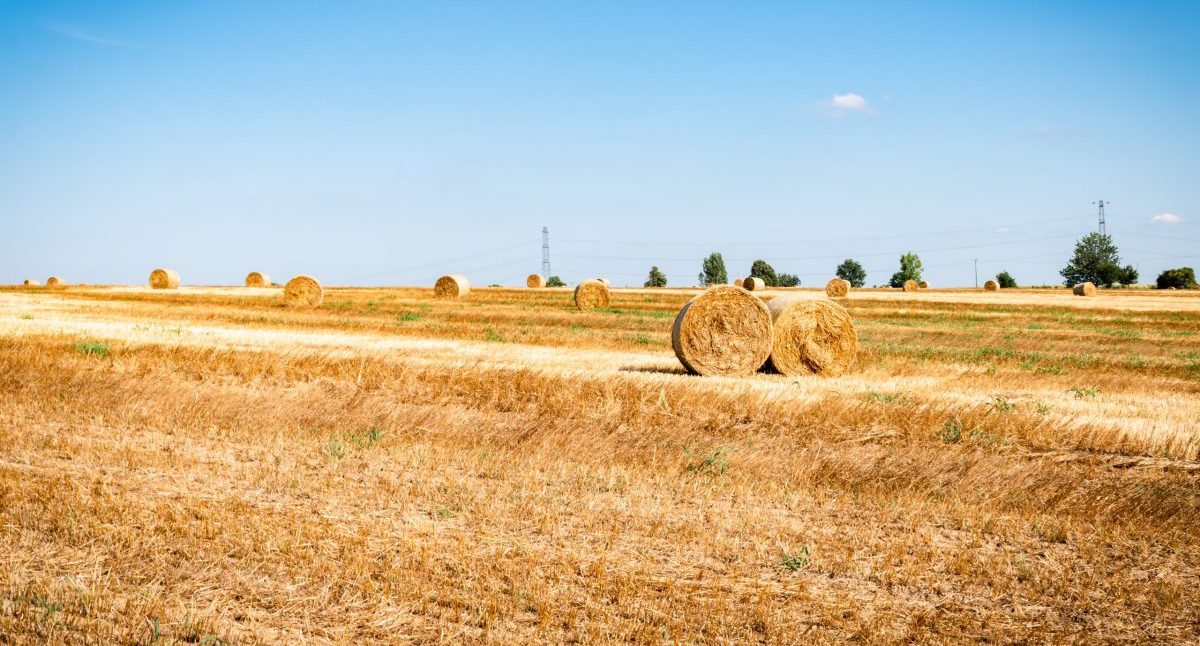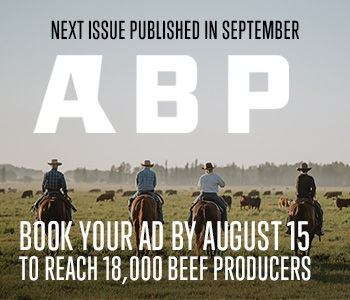AB Direct - Steers
Rail: 495.00-500.00 del
AB Direct - Heifers
Rail: 495.00-500.00 del
US Trade- Steers
Rail: ---
US Trade - Heifers
Rail: ---
Canadian Dollar
0.12

Grazing stubble fields
ABP is excited to feature the writings of Barry Yaremcio, ruminant nutritionist and production management consultant. Barry is a trusted voice in cattle nutrition and forage production, operating Yaremcio Ag Consulting Ltd. This article was originally published on his BYOB Blog, which can be found on his website.
With forages in short supply and high priced, anything that can extend the grazing season and use of home-grown feeds reduces winter feeding costs.
Stubble fields as a feed resource can have variable quality. Straw is fairly constant but chaff quality changes. It depends on the amount of grain and weed seeds that were thrown over by the combine, amount of crop re-growth since harvest, and crop type that was harvested. Wheat, rye, and triticale straw typically have the lowest protein at 4% and energy at 40% TDN. Barley straw tends to be better with 4 to 5 % protein and 42 to 45% TDN, and oats can be better quality with 4.5 to 5.5% protein and 44 to 47% TDN. Pea straw is one of the best when it comes to protein, usually 2 to 3% higher than the cereal straws, but has the same energy content as barley or oat straw. Canola straw is typically not used for grazing but is suitable as well. A 2:1 mineral in many cases does not supply enough calcium and magnesium. A 3:1 or 4:1 mineral may be required.
Low-quality limits grazing to pregnant dry cows unless supplemental hay, silage, or grain is provided. A pregnant cow in mid pregnancy requires 55% TDN and 7% protein. If protein is not adequate, feed intake can be reduced because it can take longer for the feed to pass through the digestive system. A lack of energy will result in the cow mobilizing fat to meet energy demands and a loss of body condition. A cow that loses weight prior to winter increases maintenance energy requirements and results in more feed required to keep warm.
Supplementing extra energy and protein can be done in a number of different ways. When comparing options, three things must be considered:
1. Is it cost effective?
2. Does the supplement meet the nutritional requirements of the animals?
3. Is it convenient to use?
There are many different products available to use as supplements. Some are free choice and others can be limit fed once every three days. Use what works for your operation.
For more information on grazing stubble fields as an option for your cows, contact Barry at 403-741-6022 or bjyaremcio@gmail.com.

